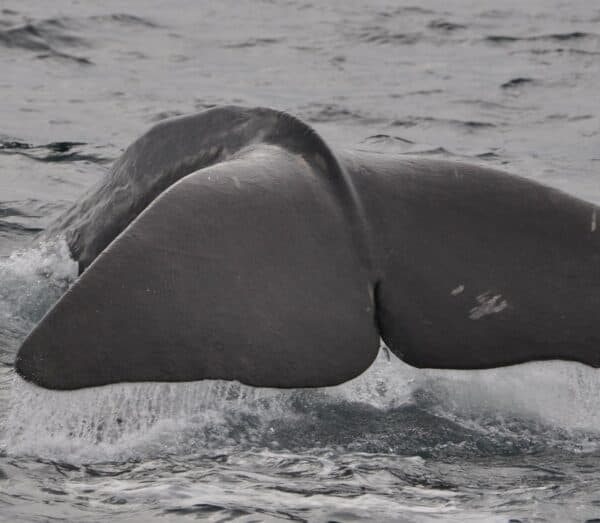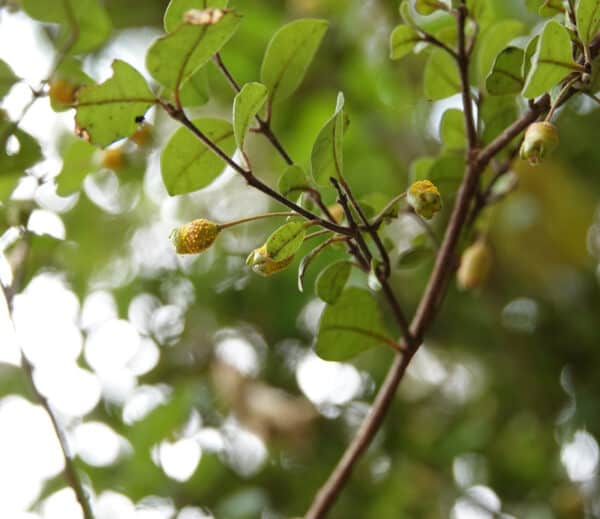Ngā Rākau Taketake
In 2018 and 2019 the Government announced an extra $34.5 million funding for research into kauri dieback ($29.5m) and myrtle rust ($5m). They chose the BioHeritage National Science Challenge to administer this extra support because of our collaborative and inclusive approach to achieving research outcomes and impact.
Ngā Rākau Taketake research ended on 31 March 2024.
The inventory of research outputs and resources can be found here:
The programme name Ngā Rākau Taketake (NRT) reflects the historical connections Māori and other New Zealanders have with our kauri and myrtaceae trees. ‘Taketake’ refers to the permanence of that relationship. This programme aimed to protect and restore this relationship and connection.
Dr Maureen O'Callaghan (NRT Science Leader) and Dr Nick Waipara (Science Leadership Māori Advisor), led the implementation of Ngā Rākau Taketake, along with BioHeritage Co-Directors Andrea Byrom and Melanie Mark-Shadbolt (Kaihautū Ngātahi).
In 2021, Maureen stepped down as NRT Science Leader to focus on other areas of the BioHeritage Challenge research. Beccy Ganley, previously a co-lead for the Host, Pathogen, and Environment theme and part of the original Ngā Rākau Taketake scoping group then stepped into this role.
As part of our 2019 scoping process, a Ngā Rākau Taketake scoping group scanned the research landscape to identify where the research and impact needed to be made in the myrtle rust and kauri dieback spaces.
They came up with seven themes of research, all working towards the ‘guiding star’ of:
The mauri (life force) of the kauri and of our native myrtle species are safeguarded,
sustained and enhanced for our tamariki and mokopuna.
Click below to read their full scoping report:

Our Ngā Rākau Taketake Programmes
Oranga – Wellbeing
Mobilising for Action
Integrated Surveillance
Conservation & Restoration
Risk Assessment & Ecosystem Impacts
Host, Pathogen & Environment
Control, Protect, Cure
Te Whakahononga
Along with our own research investments, we are working with those who already have much experience in these fields, including:







